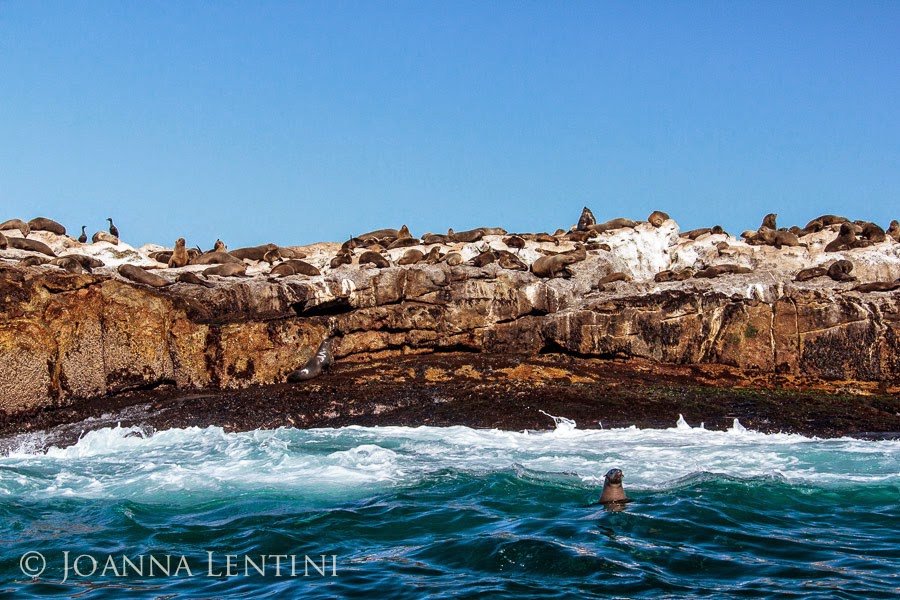The idea to adopt an African penguin came to me after visiting two wild penguin colonies in South Africa - the first at Boulder's Beach (False Bay) and the other at Stony Point (Betty's Bay). It was my first time witnessing penguins in their natural habitat and I loved every second of it. After learning that their population has gone from a staggering four million in the early 1900's to just 21,000 breeding pairs left in the wild today (South Africa & Namibia) I felt compelled to help.
African penguins are interesting little creatures to watch and photograph, each with their own distinct personality. But I noticed a common theme amongst the colonies. Nervousness. These are astutely aware creatures. Perhaps, they are even cognisant of their declining population and endangered status.
So in lieu of chocolates, and a romantic dinner for two, this year my partner and I opted for a rather unorthodox Valentine's Day gift to one another. As I wrote about in my last post, African penguins are a monogamous species. Usually, male and female penguins mate for life and for this reason (among others) I thought adopting a pair would be a much more appropriate way to celebrate the day.
If you feel the same and are interested in doing something for a great cause please check out more details in my post just below. For $42 USD we contributed in the smallest way we could, to help in the rehabilitation of an abandoned chick and an injured adult penguin.
The people over at SANCCOB (South African Foundation for the Conservation of Coastal Birds) are working very hard to give these birds a fighting chance. If you have a moment please make your way over to their page to see how you can get involved.
The people over at SANCCOB (South African Foundation for the Conservation of Coastal Birds) are working very hard to give these birds a fighting chance. If you have a moment please make your way over to their page to see how you can get involved.













